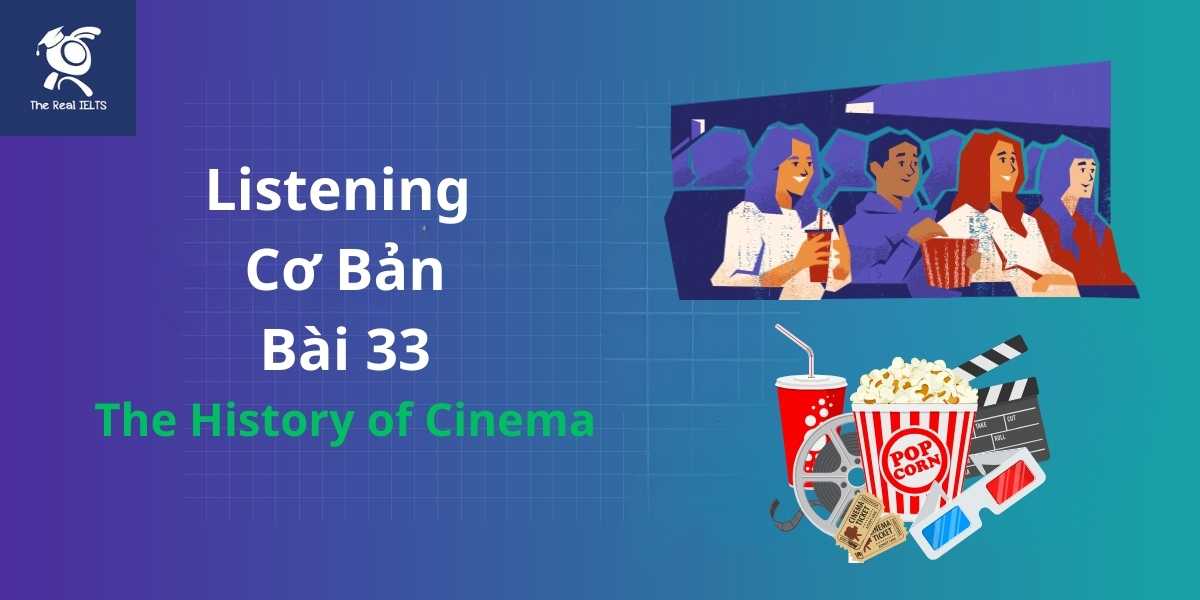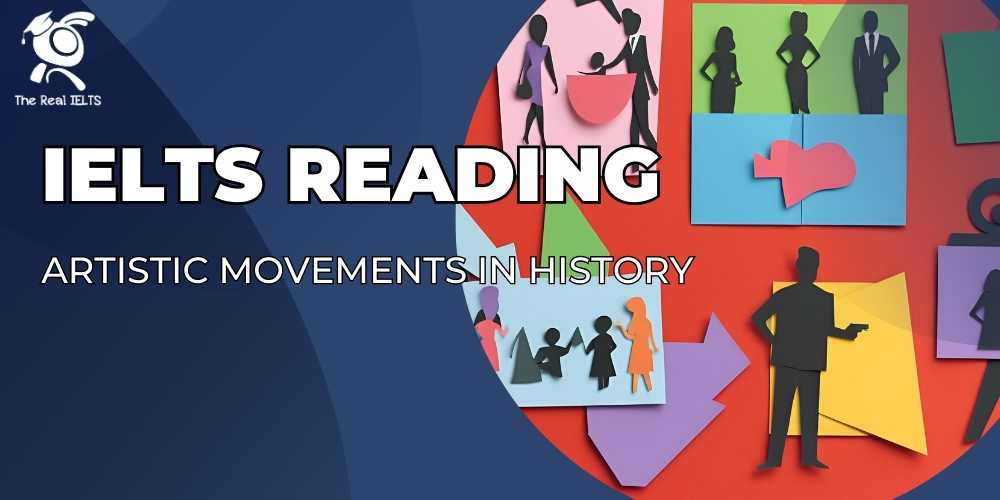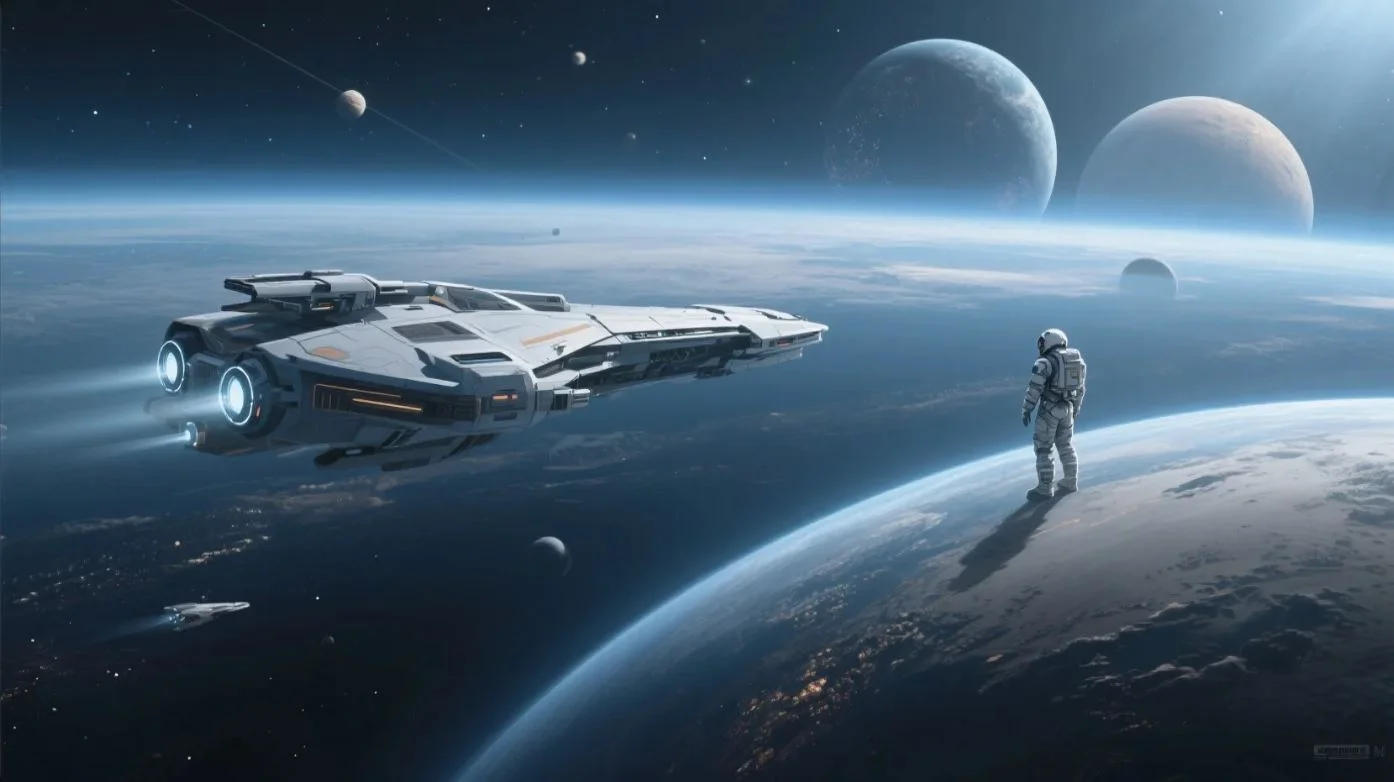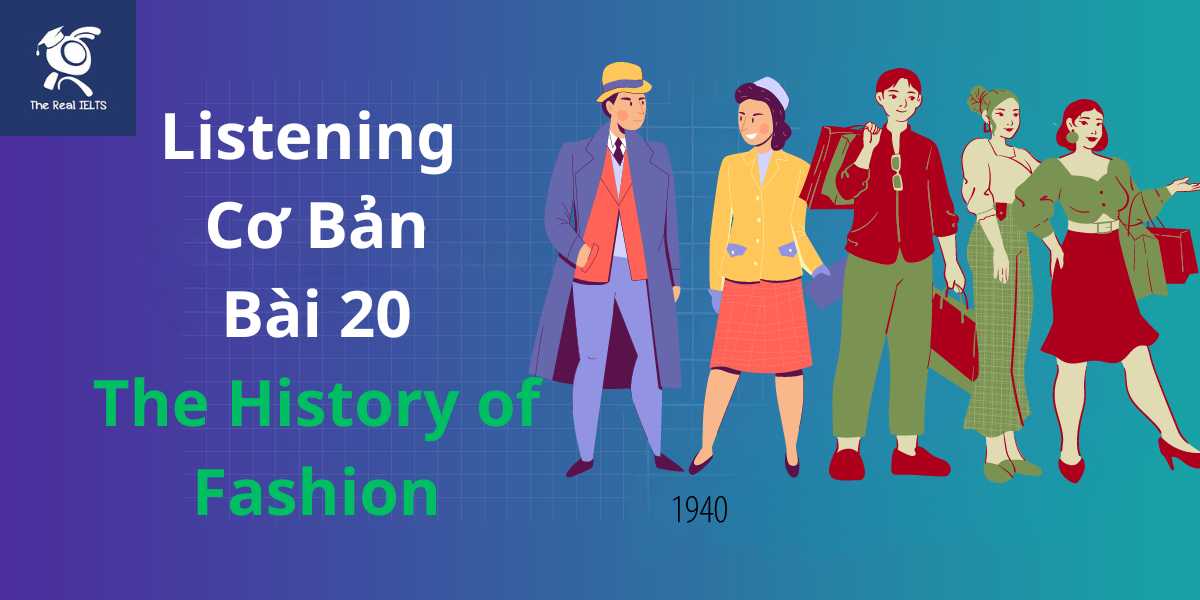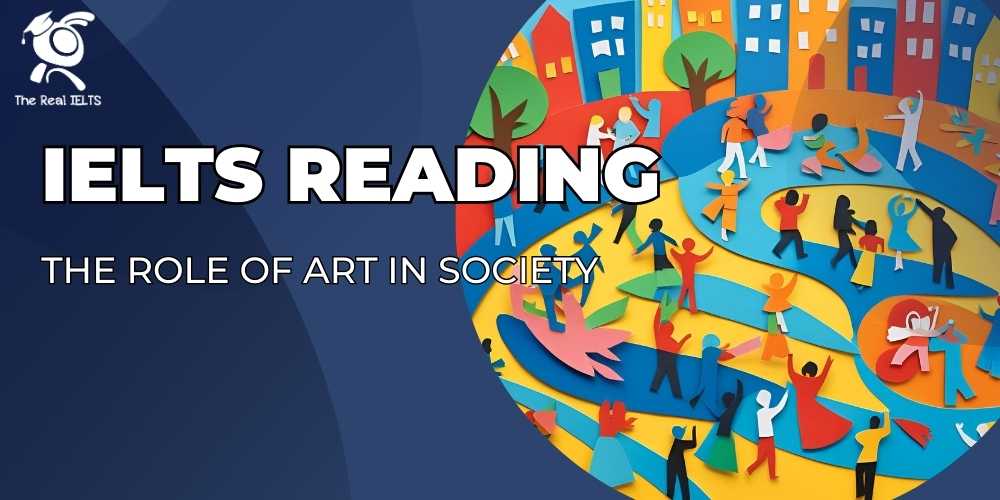Đây là bài Listening nói về lịch sử ngành rạp chiếu phim điện ảnh. Các bạn hãy nghe kỹ để có thể tiếp thu tốt bài tập lần này.
Bài Listening
Questions
Section 1: Multiple Choice
- When did the Lumière brothers hold the first public screening of films? a) 1885 b) 1890 c) 1895 d) 1900
- What was the first “talkie”? a) The Jazz Singer b) The Wizard of Oz c) Gone with the Wind d) The Great Train Robbery
- Which cinematic movement emerged in the 1950s and 60s? a) Italian Neorealism b) French New Wave c) German Expressionism d) Soviet Montage
Section 2: Short Answer 4. Name two early filmmakers mentioned in the passage.
- Which decade is associated with the rise of Hollywood as the center of the film industry?
- What technological advancement in the 21st century has significantly impacted the film industry?
Section 3: True or False 7. The first moving pictures were created in the early 20th century. (True/False)
- The film industry transitioned to sound films quickly after the release of The Jazz Singer. (True/False)
- The 1950s and 60s were characterized by a lack of innovation in cinema. (True/False)
Answers
Section 1: Multiple Choice
- c) 1895
- a) The Jazz Singer
- b) French New Wave
Section 2: Short Answer 4. Thomas Edison and the Lumière brothers
- The 1920s
- Advancements in computer-generated imagery (CGI) and the rise of streaming services
Section 3: True or False 7. False
- True
- False
Học lại bài cũ: Bài tập Listening 32: Health and Wellness Trends.
Recording Script:
The history of cinema began in the late 19th century with the invention of motion picture cameras. The first moving pictures were created by inventors such as Thomas Edison and the Lumière brothers. These early films were short, silent, and often depicted simple scenes from everyday life. In 1895, the Lumière brothers held the first public screening of films in Paris, marking the birth of commercial cinema.
During the early 20th century, the film industry rapidly evolved. Silent films became longer and more complex, and filmmakers began experimenting with different genres and storytelling techniques. The 1920s saw the rise of Hollywood as the center of the film industry, producing major stars like Charlie Chaplin and Buster Keaton.
The advent of sound in the late 1920s revolutionized cinema. The first “talkie,” The Jazz Singer, was released in 1927, and the industry quickly transitioned to sound films. This period also saw the development of color films, with early experiments in color technology leading to classics like The Wizard of Oz and Gone with the Wind in the 1930s.
After World War II, the film industry faced new challenges with the rise of television. To attract audiences, filmmakers began creating more spectacular and innovative films. The 1950s and 60s saw the emergence of new cinematic movements, such as the French New Wave, which emphasized stylistic experimentation and personal expression.
In recent decades, digital technology has transformed cinema once again. The 21st century has seen advancements in computer-generated imagery (CGI) and the rise of streaming services, changing how films are made, distributed, and consumed. Despite these changes, the core of cinema remains the same: to tell compelling stories through moving images.


